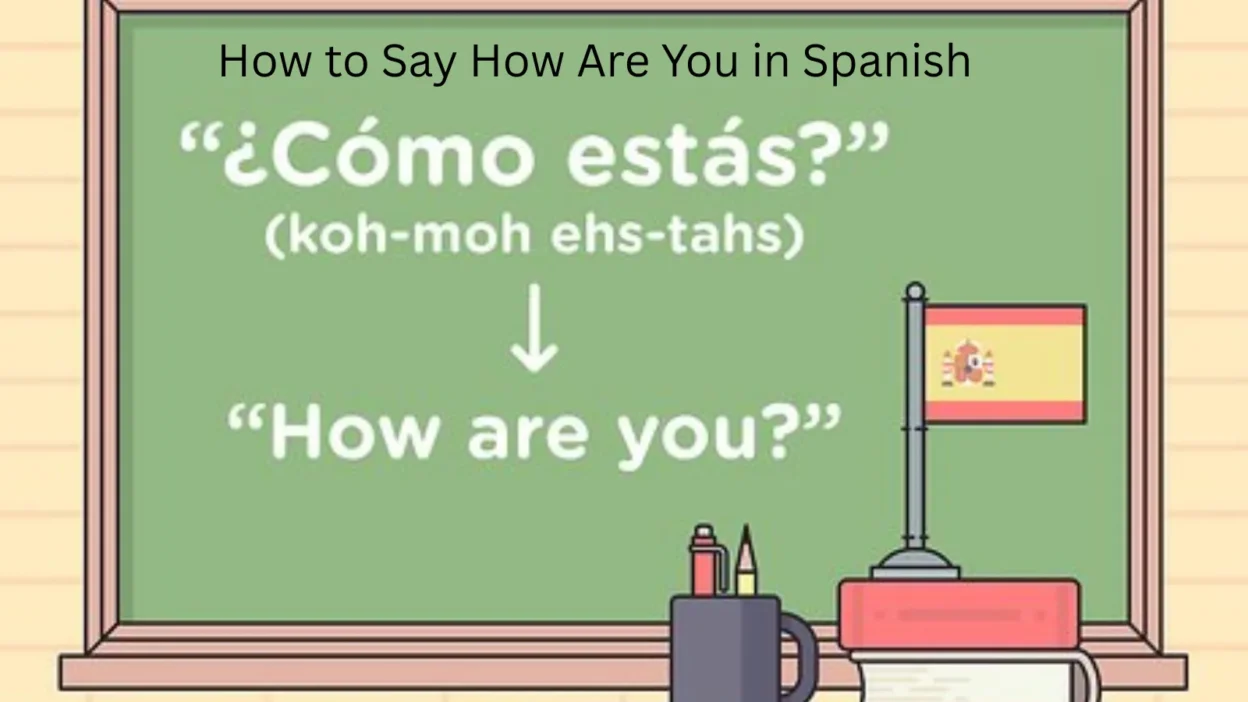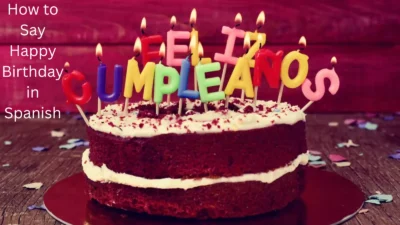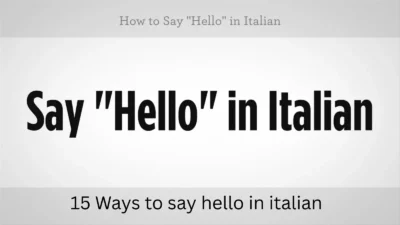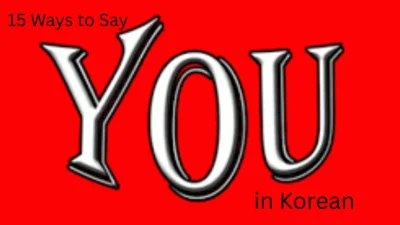How to say how are you in Spanish is one of the first phrases every learner wants to master—and for good reason! If you’re visiting a Spanish-speaking country or chatting with native speakers online, learning how to say how are you in Spanish helps you build real connections.
From casual conversations with friends to polite greetings with strangers, there are many ways to say how are you in Spanish depending on the tone and context.
It’s not just about words—it’s about sounding friendly, respectful, and confident. In this guide, we’ll explore 15 authentic ways to say how are you in Spanish with real-life examples and cultural tips
Say How are you in Spanish
In this guide, you’ll learn 15 different ways to say how are you in Spanish, complete with real-world examples and cultural context—so you can sound more natural, respectful, and confident!
15 Phrases Table — How to Say How Are You in Spanish
| No. | Spanish Phrase | English Meaning | Usage / Tone |
|---|---|---|---|
| 1 | ¿Cómo estás? | How are you? | Informal, everyday |
| 2 | ¿Cómo está usted? | How are you? | Formal / Respectful |
| 3 | ¿Cómo están? | How are you all? | Talking to a group |
| 4 | ¿Qué tal? | What’s up? / How’s it going? | Casual |
| 5 | ¿Cómo va? | How’s it going? | Friendly, informal |
| 6 | ¿Qué pasa? | What’s happening? | Very casual/slang |
| 7 | ¿Cómo te va? | How’s life treating you? | Friendly |
| 8 | ¿Cómo andas? | How are you doing? | Informal, relaxed |
| 9 | ¿Cómo te sientes? | How are you feeling? | When asking about health/feelings |
| 10 | ¿Cómo ha sido tu día? | How has your day been? | Caring tone |
| 11 | ¿Qué haces? | What are you doing? | Casual check-in |
| 12 | ¿Cómo has estado? | How have you been? | After some time apart |
| 13 | ¿Todo bien? | Everything good? | Quick check-in |
| 14 | ¿Estás bien? | Are you okay? | Concern/care |
| 15 | ¿Qué cuentas? | What’s new? | Casual, friendly conversation |
1. ¿Cómo estás?
Meaning: How are you? (informal)
Origin:
Used across all Spanish-speaking countries, this is the most standard informal way to ask someone how they are.
Example:
👤 Usuario A: ¡Hola, Carla! ¿Cómo estás?
👤 Usuario B: ¡Hola! Muy bien, gracias. ¿Y tú?
Use: With friends, family, or people your age.
2. ¿Cómo está usted?
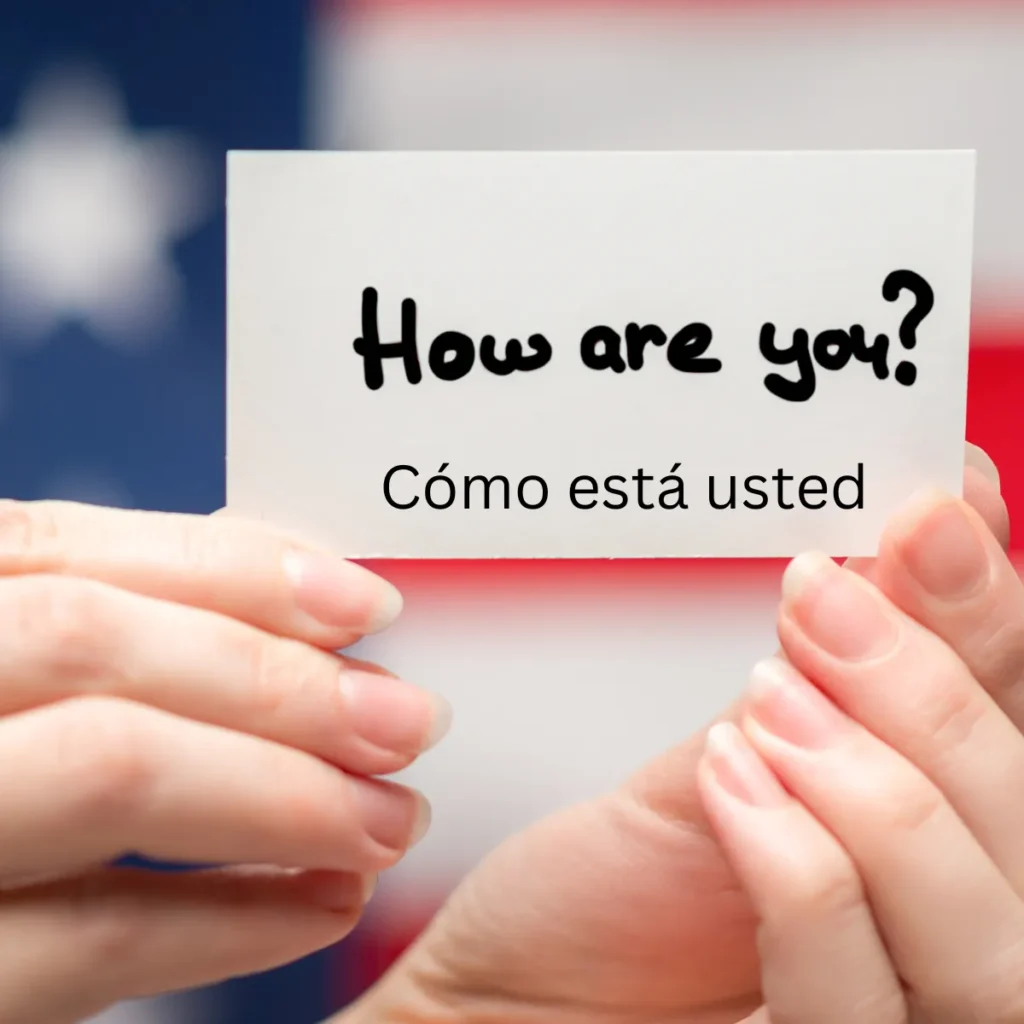
Meaning: How are you? (formal)
Origin:
The formal version of ¿Cómo estás?, this phrase is used to show respect, especially in professional or older adult settings.
Example:
👤 Usuario A: Buenas tardes, señora Gómez. ¿Cómo está usted?
👤 Usuario B: Muy bien, joven. Gracias por preguntar.
Use: With elders, strangers, or in formal settings.
3. ¿Qué tal?
Meaning: What’s up? / How’s it going?
Origin:
Popular in Spain and Latin America, ¿Qué tal? is an easy, casual way to ask how things are.
Example:
👤 Usuario A: ¡Hey, Pedro! ¿Qué tal?
👤 Usuario B: Todo bien, gracias. ¿Y tú?
Use: Informal, commonly used among friends.
4. ¿Cómo te va?
Meaning: How’s it going?
Origin:
Used throughout Latin America, especially in casual situations. It literally means “How’s it going for you?”
Example:
👤 Usuario A: ¡Hola, Marcos! ¿Cómo te va?
👤 Usuario B: Me va bien, gracias. ¿Y a ti?
Use: Neutral to informal; friendly tone.
5. ¿Qué onda?
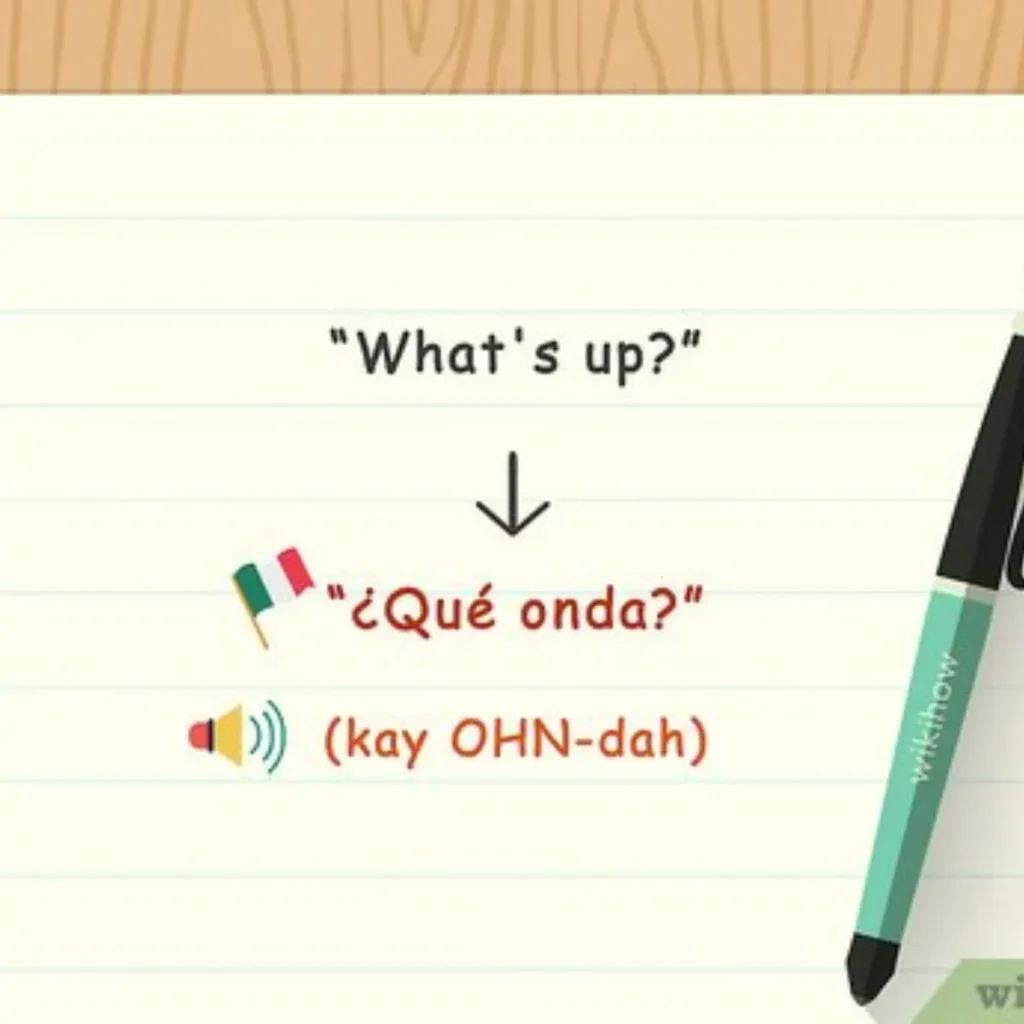
Meaning: What’s up?
Origin:
This is a Mexican slang phrase that’s super common among young people.
Example:
👤 Usuario A: ¡Qué onda, güey!
👤 Usuario B: Nada, solo pasando el rato.
Use: Very informal; mainly in Mexico.
6. ¿Qué pasa?
Meaning: What’s happening?
Origin:
Common across Spanish-speaking countries, especially among teens and younger adults.
Example:
👤 Usuario A: ¡Ey! ¿Qué pasa, amigo?
👤 Usuario B: Todo tranquilo. ¿Y tú?
Use: Informal; friendly vibe.
7. ¿Cómo andas?
Meaning: How are you doing? / How’s it going?
Origin:
Widely used in Argentina and Uruguay; “andar” literally means “to walk/go.”
Example:
👤 Usuario A: ¡Che, Nico! ¿Cómo andas?
👤 Usuario B: Bien, todo bien. ¿Y vos?
Use: Casual and regional.
8. ¿Qué haces?
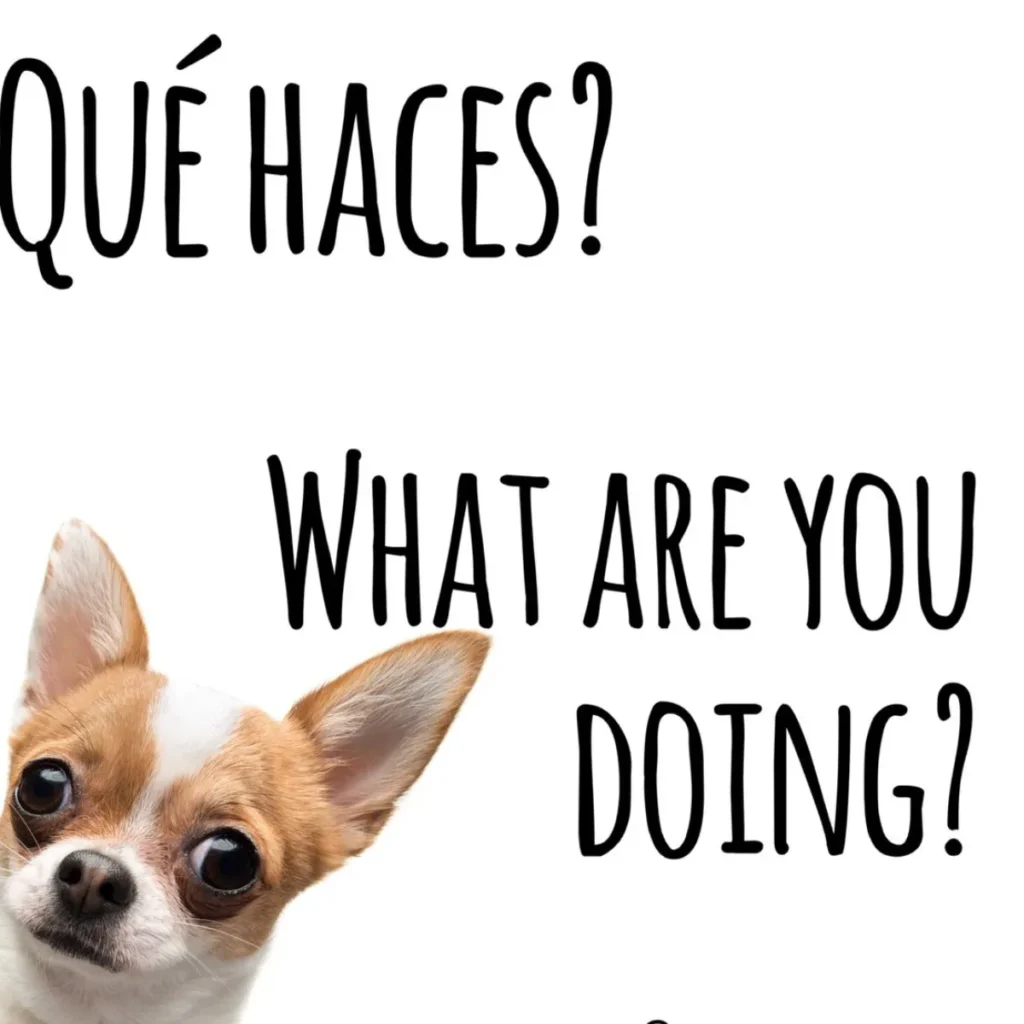
Meaning: What are you doing?
Origin: Often used as a greeting to check in with someone. Similar to “What’s up?” in tone.
Example:
👤 Usuario A: ¡Hola! ¿Qué haces?
👤 Usuario B: Nada, mirando una serie. ¿Y tú?
Use: Informal and relaxed.
9. ¿Qué hay?
Meaning: What’s new? / What’s up?
Origin: Short for ¿Qué hay de nuevo? and used to greet someone quickly.
Example:
👤 Usuario A: ¡Qué hay, compa!
👤 Usuario B: Todo bien, aquí andamos.
Use: Informal, mostly in Latin America.
10. ¿Cómo va todo?
Meaning: How’s everything going?
Origin: A slightly more general way to ask about someone’s life or situation.
Example:
👤 Usuario A: ¡Hola! ¿Cómo va todo?
👤 Usuario B: Bastante bien, gracias.
Use: Neutral; used in personal and semi-formal situations.
11. ¿Todo bien?
Meaning: All good?
Origin: A short and friendly phrase used throughout Latin America.
Example:
👤 Usuario A: ¡Hey! ¿Todo bien?
👤 Usuario B: ¡Sí, todo perfecto!
Use: Informal, like a check-in.
12. ¿Cómo va?
Meaning: How’s it going?
Origin: Similar to ¿Cómo te va?, but shorter. Often used in quick conversations.
Example:
👤 Usuario A: ¡Hola! ¿Cómo va?
👤 Usuario B: Bien, ¿y tú?
Use: Friendly, casual tone.
13. ¿Qué cuentas?
Meaning: What’s new? / What’s going on?
Origin: Literally “What are you telling?” Common in informal conversations.
Example:
👤 Usuario A: ¡Hola! ¿Qué cuentas?
👤 Usuario B: Nada nuevo, la verdad.
Use: Informal and conversational.
14. ¿Cómo estamos?
Meaning: How are we?
Origin: Used playfully or casually, especially when greeting a group or to lighten the mood.
Example:
👤 Usuario A: ¡Buenas! ¿Cómo estamos?
👤 Usuario B: ¡De maravilla!
Use: Informal; warm and inclusive.
15. ¿Qué hay de nuevo?
Meaning: What’s new?
Origin: A common conversational opener across many Spanish-speaking countries.
Example:
👤 Usuario A: ¡Hola! ¿Qué hay de nuevo?
👤 Usuario B: No mucho, ¿y tú?
Use: Friendly, informal
FAQs
1. What is the most common way to say “How are you?” in Spanish?
The most common way is “¿Cómo estás?” (informal).
2. How do I say it politely or formally?
Use “¿Cómo está usted?” (formal/respectful).
3. How do I say “How are you all?”
Say “¿Cómo están?” (plural).
4. What does “¿Qué tal?” mean?
It means “What’s up?” or “How’s it going?” (casual).
5. How do I respond to “¿Cómo estás?”
Common responses:
- Bien = good
- Muy bien = very good
- Más o menos = okay
- Mal = bad
6. Can I use “¿Cómo va?”
Yes, “¿Cómo va?” means “How’s it going?” Informal.
7. Is “¿Qué pasa?” also asking how someone is?
Yes, “¿Qué pasa?” = “What’s happening?” / “What’s going on?” (very casual).
8. How do I ask a friend “How are you?” sweetly?
Say “¿Cómo estás, amigo/amiga?”
9. How do I ask “How are you feeling?”
Use “¿Cómo te sientes?”
10. How do I ask “How have you been?”
Say “¿Cómo has estado?”
Conclusion:
Now that you’ve learned how to say how are you in Spanish, you’re ready to greet people confidently and appropriately in real conversations.
If it’s a friendly “¿Cómo estás?” or a polite “¿Cómo se encuentra?”, these phrases help you connect with Spanish speakers on a deeper level.
Practice often, and soon these greetings will feel natural—making your Spanish sound smoother, warmer, and more authentic.
Don’t forget—every “hello” is the start of a new conversation and connection. 🇪🇸✨
